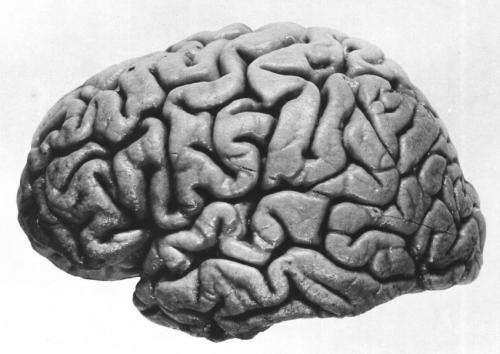Carving memories at their joints

How the brain decides when to modify old memories and when to carve new memories is revealed in a study published this week in PLOS Computational Biology.
MIT researcher Dr Samuel Gershman and his collaborators at Princeton propose a theoretical framework for understanding how the brain (to quote Plato) "carves nature at its joints".
This study has implications for how we understand the fundamental mechanisms of memory, as well as our view of how these mechanisms go awry after brain damage.
The authors use recent ideas from machine learning to formalize the mechanisms underlying memory formation and modification.
Human participants were presented with a sequence of simple stimuli (lines varying in length and orientation) and then asked to reconstruct one of the stimuli from memory. Some stimuli contained a "jump" which generated a large 'prediction error'. The jump appeared to induce a new memory, thereby protecting the memories of the early stimuli from interference by the later stimuli.
The theoretical framework asserts that large prediction errors will lead to memory formation, while small prediction errors will lead to memory modification.
The authors suggest that one brain area in particular—the hippocampus—plays an important role in this process. Damage to the hippocampus appears to severely impair the ability of humans and animals to carve their experience into different latent causes.
The authors commented: "Understanding how the hippocampus, in concert with other brain regions, allows us to acquire a rich internal model of the world is an important task for cognitive neuroscience."
More information: Gershman SJ, Radulescu A, Norman KA, Niv Y (2014) Statistical Computations Underlying the Dynamics of Memory Updating. PLoS Comput Biol 10(11): e1003939. DOI: 10.1371/journal.pcbi.1003939

















